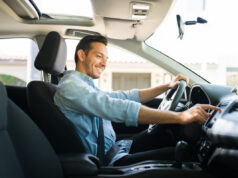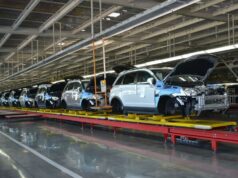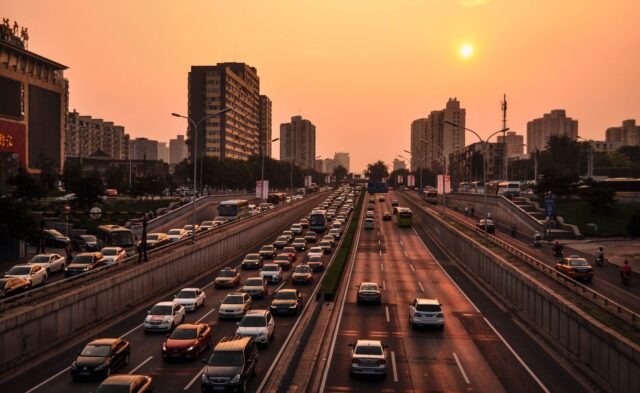
Irresponsible driving is the leading cause of road accidents in the world. It involves reckless road habits and misbehaviors, where the drivers intentionally break the traffic rules and regulations. The traffic laws keep the roads safe by ensuring that drivers, passengers, and pedestrians remain safe. When we break them, we make ourselves vulnerable to road accidents and create room for other unfortunate circumstances too. Some people break the road rules simply because they do not know them, while the majorities disobey them due to ignorance.
Here is a list of the top 7 traffic laws which many people break.
1. Distracted Driving

A report was done and published by the Center for Disease Control and Prevention shows that nearly 1.6 million road accident deaths happen as a result of distracted driving. According to the traffic laws, drivers should avoid driving when they are texting, or doing any other activity which could interfere with their mind as they drive.
The main forms of distracted driving include calling and texting while driving, drinking or eating while driving the car, or singing while driving. Other types of distracted driving include reading books or magazines when on the road, shaving, or applying makeup while driving. Children or other passengers in the vehicle can also distract your concentration, and you should, therefore keep off their conversations as much as possible.
2. Driving Under Alcohol Influence

It is illegal to drive a motorcycle, car, truck, or any other form of a vehicle while under the influence of alcohol and drugs. Statistics show that half of the road fatalities happen as a result of drugs and alcohol factors. Alcohol has many side effects that distract the mind of the driver. As such, it becomes almost impossible to focus on the road well. Alcohol takes a maximum of two hours to be completely absorbed into the bloodstream.
Once it is absorbed, both breathing and cognitive skills become slow. When the response system becomes slower, it becomes easier to hit another vehicle, person, or object. Also, excessive consumption of alcohol decreases vision, reduces the concentration, and inhibits judgment. If you are drunk, look for another driver to take you to your destination.
3. Driving without Fastening the Seat Belts
The federal law requires all private and public vehicles to be equipped with seat belts. The primary purpose of the seat belts is to hold the driver or the passenger in a stable position, and thus, stay safe from accidents. According to studies, passengers who use seat belts in both vans and SUV vehicles stand a 73% chance of surviving road accidents. Everyone should use seat belts, including the children who are more than eight years old. Smaller children should have a proper child seat safety to keep them safe. Other than preventing road accidents, the safety belts increase comfortability while in their car.
4. Overspeeding
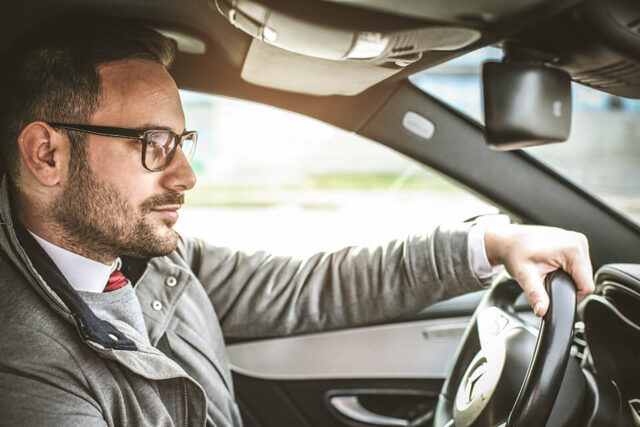
According to the National Transportation Safety Board, more than 10,000 fatalities happen each year as a result of overspeeding. Other than being a traffic rule and regulation to prevent the occurrence of road accidents, studies show that overspeeding contributes to the damage of many vehicles. A driver is said to be overspeeding when they drive the car at high speed which exceeds the maximum limit.
As mentioned by professionals from NOOGALAW, overspeeding increases the chances of having auto accidents, thus causing damage and injuries. Third parties who get injured have the right to consult the attorney and initiate a legal battle. As such, failure to observe speed limits can land you into various legal problems, in addition to sustaining overspeeding injuries.
5. Overloading
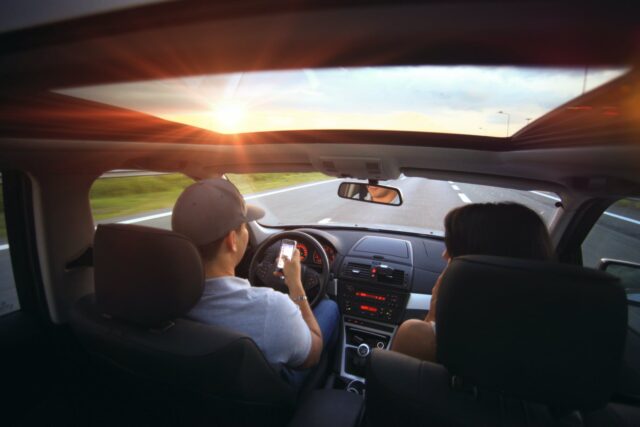
Federal law requires all vehicles to carry a certain amount of passengers. Also, the law requires trucks and heavy vehicles to avoid exceeding a specific weight limit. When the weight limits exceed, the car becomes overloaded, and this increases the vulnerability of the car to accidents. Ideally, an overloaded vehicle lacks balance, and it can roll over or fall at any time.
The steering becomes difficult, and in most cases, the front wheels do not touch the road surface well. In addition to accidents, overloading strains the tires due to friction and cause blowouts. An overloaded car can also damage the road surface, and cause other adverse effects. To prevent overloading, observe the maximum load limit of your vehicle.
6. Teen Driving
Teenagers should not be allowed to drive. According to the law, all drivers should have attained the minimum age and have a valid driving license. In addition to that, drivers should have proven years of experience to drive along the major highways. Statistics show that nearly 75% of teen driver accidents happen because of critical errors and mistakes. Unlike adults, most teenagers lack seriousness when driving and they get distracted easily.
These distractions make them more vulnerable to accidents and other dangers. If you have a teenager who likes to drive, make sure that they are under close supervision by an experienced driver. Also, do not allow your teenage children to drive when they are under the influence of drinks or when they are with their peers.
7. Skipping Traffic Lights

Traffic lights offer maximum control on roads by providing signals at major intersections allowing road users to safely navigate. They regulate both vehicles and pedestrians in the right way, thus, reduce the frequency of road accidents mainly at night. The red signal, for instance, requires all drivers to stop. Sadly, many drivers still run red lights, mostly because they are in a hurry, and they are impatient. Other drivers run red lights because of recklessness, especially when no one is watching.
Drivers who run red signals risk causing accidents, with statistics showing that red-light running amounts to nearly 800 deaths per year. When the light turns Amber, unless you’re beyond the point of no return, ensure you slow down steadily for a safe stop and avoid emergency braking to prevent rear-end crashes. Besides violating your duty as a driver, you might risk your insurance compensation, too, or get criminal prosecutions. Pedestrians should also observe the green light to reduce the frequency of accidents on our roads.
Traffic rules are meant to protect, and we should, therefore, try to follow them. Before you get into your car, take it for servicing, and ensure that it is in an excellent condition. Also, follow all the traffic laws and avoid breaking the above rules. Lastly, do not hesitate to take legal action and seek justice for any road injuries that you sustain while on the road.


